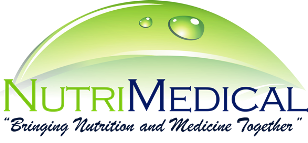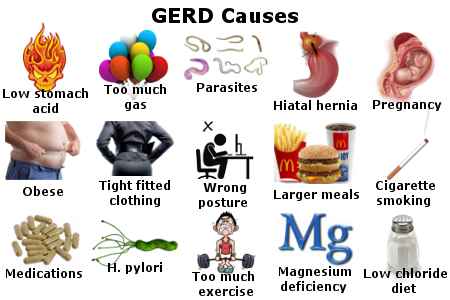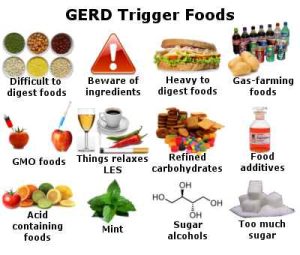
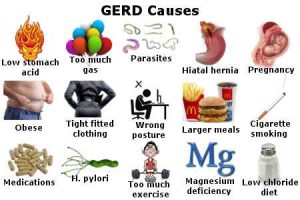 Acid Reflux GERD Gastroesophageal Reflux Esophagitis Dysphagia Heartburn Wellness Program …
Acid Reflux GERD Gastroesophageal Reflux Esophagitis Dysphagia Heartburn Wellness Program …
CORE Protocols >>
IBS-Care one cap three times per day
GastroHeal chew two tabs four times per day
Living Probiotic one capsule twice per day
ADVANCED Protocols >>
Living Probiotic Ultra one capsule every third day
DigestEase one capsule with each meal
GastroZyme two capsules with each meal
Foam Wedge 8 to 10 inches under bed mattress to raise head
GERD Facts
- GERD is a condition in which the acidified liquid content of the stomach up into the esophagus.
- The causes of GERD include an abnormal lower esophageal sphincter, hiatal hernia, abnormal esophageal contractions, and slow emptying of the stomach.
- GERD may damage the lining of the esophagus, thereby causing inflammation (esophagitis), although usually it does not.
- The symptoms of uncomplicated GERD are heartburn, regurgitation, and nausea.
- Complications of GERD include ulcers and strictures of the esophagus, Barrett’s esophagus, cough and asthma, throat and laryngeal inflammation, inflammation and infection of the lungs, and collection of fluid in the sinuses and middle ear.
- Barrett’s esophagus is a pre-cancerous condition that requires periodic endoscopic surveillance for the development of cancer.
- GERD may be diagnosed or evaluated by a trial of treatment, endoscopy, biopsy, X-ray, examination of the throat and larynx, 24 hour esophageal acid testing, esophageal motility testing, emptying studies of the stomach, and esophageal acid perfusion.
- GERD is treated with life-style changes, antacids, histamine antagonists (H2 blockers), proton pump inhibitors (PPIs), pro-motility drugs, foam barriers, surgery, and endoscopy.
What is GERD (acid reflux)?
Gastroesophageal reflux disease, commonly referred to as GERD or acid reflux, is a condition in which the liquid content of the stomach regurgitates (backs up or refluxes) into the esophagus. The liquid can inflame and damage the lining (cause esophagitis) of the esophagus although visible signs of inflammation occur in a minority of patients. The regurgitated liquid usually contains acid and pepsin that are produced by the stomach. (Pepsin is an enzyme that begins the digestion of proteins in the stomach.) The refluxed liquid also may contain bile that has backed-up into the stomach from the duodenum. (The duodenum is the first part of the small intestine that attaches to the stomach.) Acid is believed to be the most injurious component of the refluxed liquid. Pepsin and bile also may injure the esophagus, but their role in the production of esophageal inflammation and damage is not as clear as the role of acid. GERD is a chronic condition. Once it begins, it usually is life-long. If there is injury to the lining of the esophagus (esophagitis), this also is a chronic condition. Moreover, after the esophagus has healed with treatment and treatment is stopped, the injury will return in most patients within a few months. Once treatment for GERD is begun, therefore, it usually will need to be continued indefinitely although it is argued that in some patients with intermittent symptoms and no esophagitis, treatment can be intermittent and done only during symptomatic periods. In fact, the reflux of the stomach’s liquid contents into the esophagus occurs in most normal individuals. One study found that reflux occurs as frequently in normal individuals as in patients with GERD. In patients with GERD, however, the refluxed liquid contains acid more often, and the acid remains in the esophagus longer. It has also been found that liquid refluxes to a higher level in the esophagus in patients with GERD than normal individuals. As is often the case, the body has ways (mechanisms) to protect itself from the harmful effects of reflux and acid. For example, most reflux occurs during the day when individuals are upright. In the upright position, the refluxed liquid is more likely to flow back down into the stomach due to the effect of gravity. In addition, while individuals are awake, they repeatedly swallow, whether or not there is reflux. Each swallow carries any refluxed liquid back into the stomach. Finally, the salivary glands in the mouth produce saliva, which contains bicarbonate. With each swallow, bicarbonate-containing saliva travels down the esophagus. The bicarbonate neutralizes the small amount of acid that remains in the esophagus after gravity and swallowing have removed most of the liquid. Gravity, swallowing, and saliva are important protective mechanisms for the esophagus, but they are effective only when individuals are in the upright position. At night during sleep, gravity is not in effect, swallowing stops, and the secretion of saliva is reduced. Therefore, reflux that occurs at night is more likely to result in acid remaining in the esophagus longer and causing greater damage to the esophagus. Certain conditions make a person susceptible to GERD. For example, GERD can be a serious problem during pregnancy. The elevated hormone levels of pregnancy probably cause reflux by lowering the pressure in the lower esophageal sphincter (see below). At the same time, the growing fetus increases the pressure in the abdomen. Both of these effects would be expected to increase reflux. Also, patients with diseases that weaken the esophageal muscles (see below), such as scleroderma or mixed connective tissue diseases, are more prone to develop GERD.
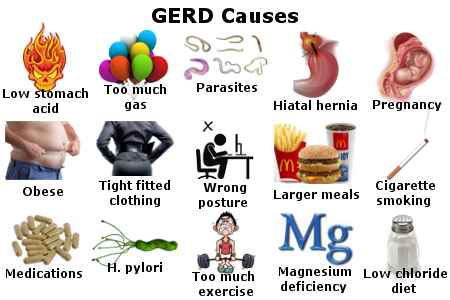
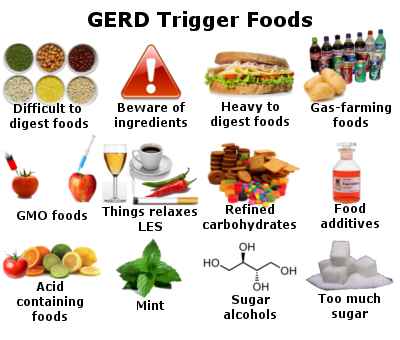
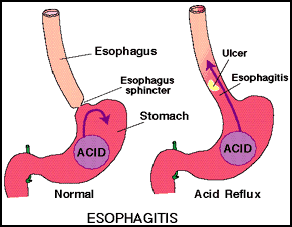
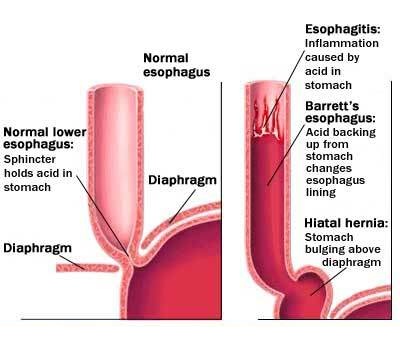


Disclaimer: These Wellness Protocols are not intended to replace the attention or advice of a physician or other qualified healthcare professional. These statements have not been evaluated by the Food and Drug Administration. These products are not intended to diagnose, treat, cure, or prevent any disease.
